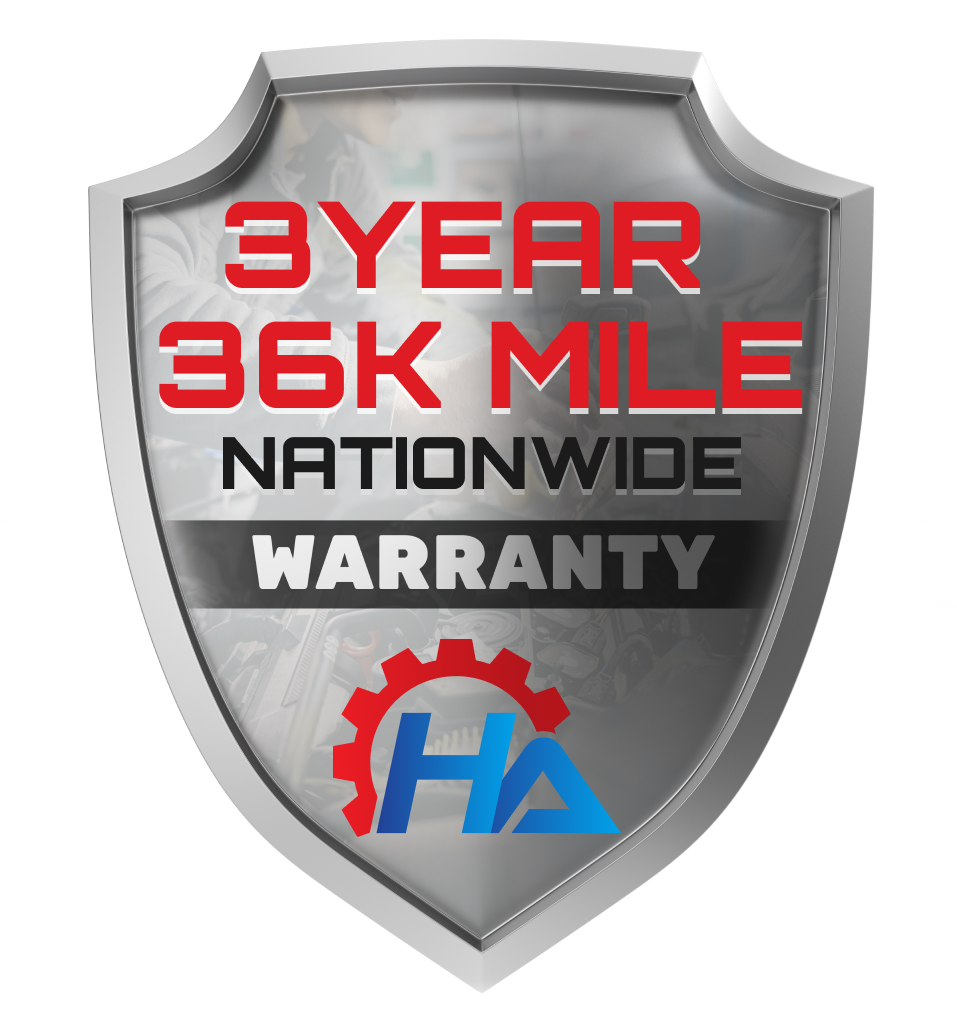Brake Repair Services in
Hemlock, MI
Certified by NAPA, backed by a 36-month nationwide warranty—auto care you can count on.
Complete Brake Repair Services in Hemlock, MI

Your vehicle's braking system is its most vital safety feature. At Hemlock Auto & Alignment, we provide professional brake repair services to ensure your vehicle stops when it should—smoothly, quietly, and safely. Whether you're hearing squeaking, feeling vibrations, or noticing longer stopping distances, our certified technicians are ready to help. Using high-quality parts and precise diagnostic tools, we service brakes on most cars, SUVs, and light-duty trucks—excluding Mercedes and Land Rover. As a Certified Auto Repair shop backed by NAPA and Technet, our work is trusted and covered by a 36-month, 36,000-mile nationwide warranty. Safety isn’t optional—it’s our priority.
Reliable Brake Maintenance and Repairs for Safer Driving
When your brakes start showing signs of wear or underperformance, it’s critical to act quickly. Ignoring early symptoms can lead to expensive damage and dangerous driving conditions. From worn brake pads to malfunctioning calipers or warped rotors, even small issues can escalate into major safety risks. That’s why staying on top of brake maintenance is essential for every driver. A well-maintained braking system not only prevents accidents but also improves handling and fuel efficiency.
At Hemlock Auto & Alignment, we provide comprehensive brake repair services in Hemlock, MI tailored to meet the needs of your vehicle. Our certified technicians are trained to diagnose brake problems accurately and fix them efficiently, using premium-grade components for long-term performance. As part of our affiliation with NAPA Auto Care Center, Technet, and Certified Auto Repair networks, we follow industry-best practices and stand behind every repair with a 36-month/36,000-mile nationwide warranty. Whether it’s brake pad replacement, fluid flushes, or complete system overhauls, our goal is to give you the confidence that your brakes are ready for anything the road throws your way.
Trusted Brake System Repairs Backed by Certification
Why Hemlock Drivers Choose Our Shop
Drivers throughout Hemlock, MI rely on Hemlock Auto & Alignment because we bring transparency, experience, and precision to every brake repair. Our team is backed by the industry's most trusted names—NAPA Auto Care Center, Technet, and Certified Auto Repair—and we take every job seriously. We don’t upsell; we educate. That means giving honest recommendations and only performing the work your vehicle truly needs.
Our Brake Repair Process from Start to Finish
Our brake service process begins with a full system inspection, including pads, rotors, calipers, lines, and fluid levels. We use advanced diagnostic tools to identify the source of any issues, then review our findings with you before making any repairs. Once approved, our certified technicians get to work using high-quality parts that meet or exceed OEM standards. Before handing your vehicle back, we test the brakes thoroughly to ensure optimal performance and safety.
Key Advantages of Our Brake Services:
- Industry-certified technicians using advanced diagnostics
- 36-month / 36,000-mile nationwide warranty on all brake repairs
- Honest recommendations and transparent service
- High-grade brake parts for maximum durability
- Fast turnaround without sacrificing quality
Brake Repair Services Near You in Hemlock, MI
When you're searching for brake repair near you, you want more than just convenience—you want assurance. Hemlock Auto & Alignment provides that peace of mind with certified brake repair services right here in Hemlock, MI. Whether you're hearing grinding noises or feeling unsure about your stopping power, our team will get you back on the road quickly and safely. With service coverage for most makes and models (excluding Mercedes and Land Rover), we're here to help the community drive confidently every day.
Don't wait until a small brake issue becomes a major repair—or worse, a safety hazard. Trust our certified, experienced technicians to diagnose and repair your braking system with the care and precision you deserve. Our nationwide 36-month, 36,000-mile warranty gives you confidence wherever you go. Visit us today and experience professional, honest service from a team that puts your safety first.
Complete Auto Repair Services
Quality Repairs & Maintenance in Hemlock MI
We provide expert auto repair services backed by certified technicians, advanced equipment, and a dedication to honest service. Whether you need a quick fix or a major repair, Hemlock Auto & Alignment ensures dependable results for every vehicle we touch.
Expert Wheel Alignment
Maintain even tire wear and optimal handling with our precision wheel alignment services. Using cutting-edge alignment equipment, we ensure your wheels are perfectly adjusted for safe, efficient driving. Enjoy smoother rides and better fuel efficiency with our trusted service.
Brake Repair Services
Feel safe on the road with our expert brake repair. We replace worn pads, fix rotors, and check the full system to make sure your brakes work when you need them. Our goal is to keep your car safe and ready to stop at a moment’s notice.
Automotive Electrical Work
From flickering lights to battery and starter issues, our certified team diagnoses and repairs electrical problems with accuracy and care. Trust us to restore your vehicle’s essential functions with reliable solutions tailored to your make and model.
Our Location
OUR MECHANICS PROVIDE QUALITY AUTO REPAIR SERVICES IN Hemlock, MI
Located in the heart of Hemlock, Hemlock Auto & Alignment is your trusted destination for reliable, high-quality auto repair services. Our shop at 16575 Gratiot Road offers easy access to surrounding areas, making it convenient for drivers across the region to receive expert care for their vehicles. Whether you need routine maintenance, complex repairs, or diagnostics, our certified technicians are here to help.
We service cars, SUVs, and light-duty trucks of all makes—excluding Mercedes and Land Rover—and back our work with a 36-month / 36,000-mile nationwide warranty. As a Certified Auto Repair, NAPA Auto Care Center, and Technet member, we deliver trusted service with integrity and transparency.
- Saginaw
- Midland
- Freeland
- St. Charles
- Merrill
- Shields
- Zilwaukee
- Auburn
- Breckenridge
- Wheeler
- Brant
- Sanford
- St. Louis
- Bay City
- Alma
- Hemlock



